|
Ok... I'm going to ask you all to be quiet about what I'm going to tell you, and insist you don't share this information... but in my opinion, Pienza is the absolute best Tuscan Renaissance town to visit, to eat in, to stroll around in, to live in, to shop and to love. But really, don't spread it around, or it will get way too touristy and change forever... We discovered Pienza during our first agriturismo apartment rental just outside of the town in the clay hills of Southern Tuscany known as the Crete Senesi. Just down the road from our apartment were sheep in the fields... a sign of what this town is really famous for--Pecorino--sheep's milk cheese! (Pecora means sheep). 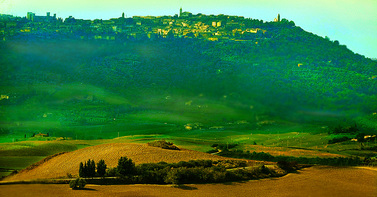 The morning view of Pienza The morning view of Pienza We were teased with the view of the hilltown from our villa's window as the sun set after our arrival, the lights of the town starting to glow. The next morning as the blue mist lifted and turned into a sunrise, I was up early to watching the changing view and my first morning in Tuscany. Yes, Pienza is indeed a hilltown like the many hundreds more in Italy. Long ago in history, people built their towns on top of steep and often craggy hills, embankments or cliffs for defensive purposes. Pienza is also a defensive hilltown, complete with massive walls, watchtowers and gates. But there is a difference--the hill that the town was built upon is fairly flat at the top. This means that the town itself is a joy to walk in effortlessly--no climbing step after step or incredibly steep streets and alleyways. Still, Pienza has one of the most amazing views of the Val d'Orcia below and the wonderful rolling hills of this part of Tuscany from its south facing promenade--one of the finest we've seen in all of Italy. The promenade has an unobstructed view of the valley all the way to Monte Amiata, an extinct volcano where people hike in summer and ski in winter. The view of the rolling hills of the Val d'Orcia have an advantage for photographers... The view from the promenade looks to the south, which means that if you want to see amazing light and shadows, spend some time either in the morning as the sun rises or late in the day as the sun sets. You can literally watch the texture of the hills and fields change right before your eyes if you spend some time watching from this unique vantage point. If there are fair weather clouds moving over the valley, their shadows will only add to the God-like sculpting of the landscape. Pienza owes its Renaissance beauty to Enea Silvio Piccolomini, born in the town in 1405. At the time of his birth, the village was called . Enea was to later became Pope Pius II and had the entire village rebuilt as an ideal Renaissance town. Construction started in 1459 and by August of 1462, Pope Pius II consecrated the Duomo. La pieve di Corsignano, a much earlier medieval church built in the 10th century, lies only a few hundred yards from the walls of Pienza, attesting to the long history of the town. Christians were worshiping on this site as early as 714 AD. In Pienza you can visit Palazzo Piccolomini, Pope Pius' main residence with it's interior court, three story loggia that overlook a terraced Renaissance garden with views of the valley and Monte Amiata. Across the piazza there is Palazzo Vescovile, built to house the attending bishops who traveled with the Pope. The third building on the piazza of note is Palazzo Comunale, the town hall which the church required to be built in the 16th century to match the status of Pienza as an "official city". Strolling through the beautifully paves streets, you will come across shops for cheese, wine, clothing, ceramics and gifts. There are a good variety of both casual and fine dining places to eat, gelaterias and even bars and alimentari. There are many apartment and villa rentals in the town limits as well as agriturismo farm rentals in the surrounding countryside. Perhaps the best thing about Pienza is its location. The landscape in and around the Val d'Orcia is characterized by open vistas of plowed and textured landscape stretching over low hills to the horizon, punctuated geometrical rows of cypresses and solitary villas. These are the views and vistas you expect from Tuscany. The crete senesi are the clay hills, many of which have been tamed by generations of farmers.
Pienza is about 50 miles south of Florence, 25 miles from Siena and 35 miles from Perugia. You could easily use Pienza as your hub for a longer stay in Tuscany, driving to the major towns. There are also many worthwhile villages in close proximity to Pienza: Montalcino (home of the famed Brunello wine), Bounconvento (a wonderful medieval walled town), Bagno Vignoni (a village built around Roman baths), Bagno San Filippo (a natural hot springs where locals bathe in the sulfur waters for free), Castiglione del Lago (a fortress castle town on the shore of Lake Trasimeno), and Cortona (of Under the Tuscan Sun fame). But remember... don't tell anyone about this Tuscan town. This is just between us, OK? --Jerry Finzi
0 Comments
Your comment will be posted after it is approved.
Leave a Reply. |
Categories
All
Archive
June 2024
|


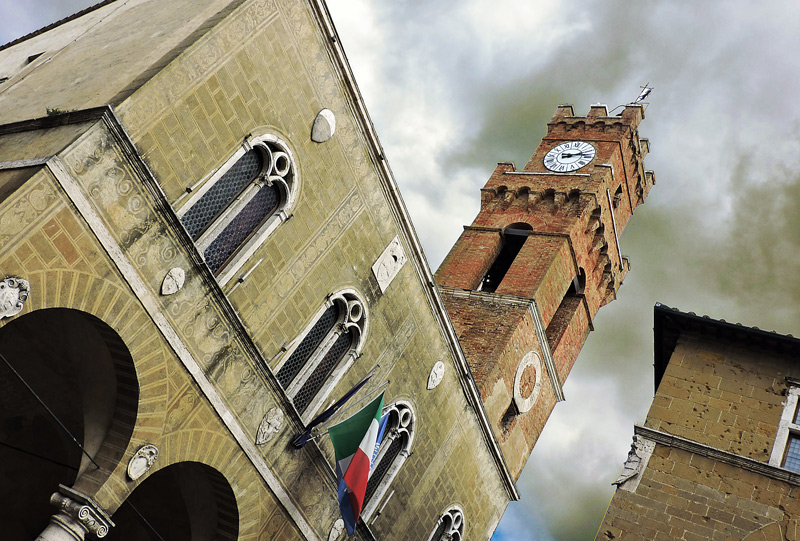
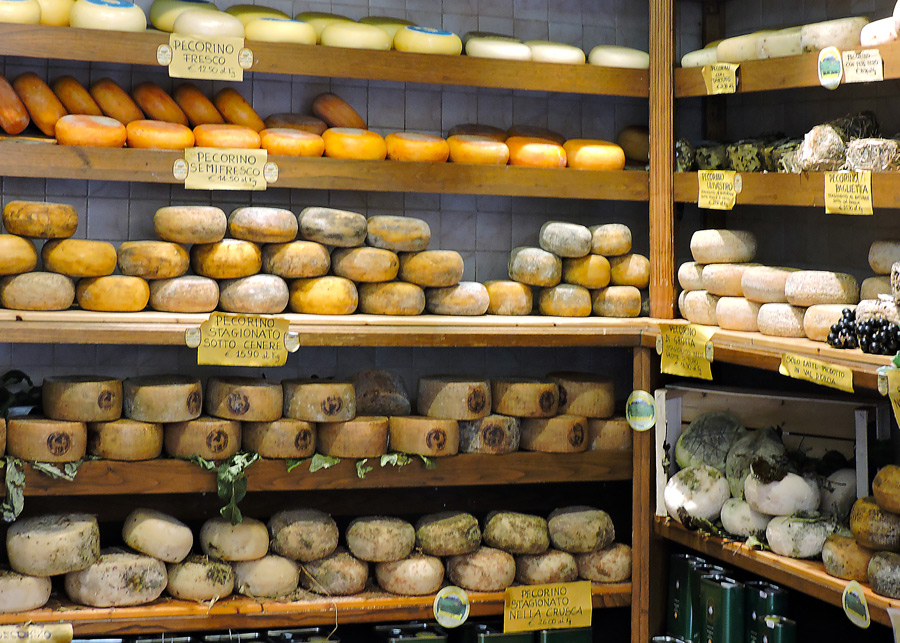
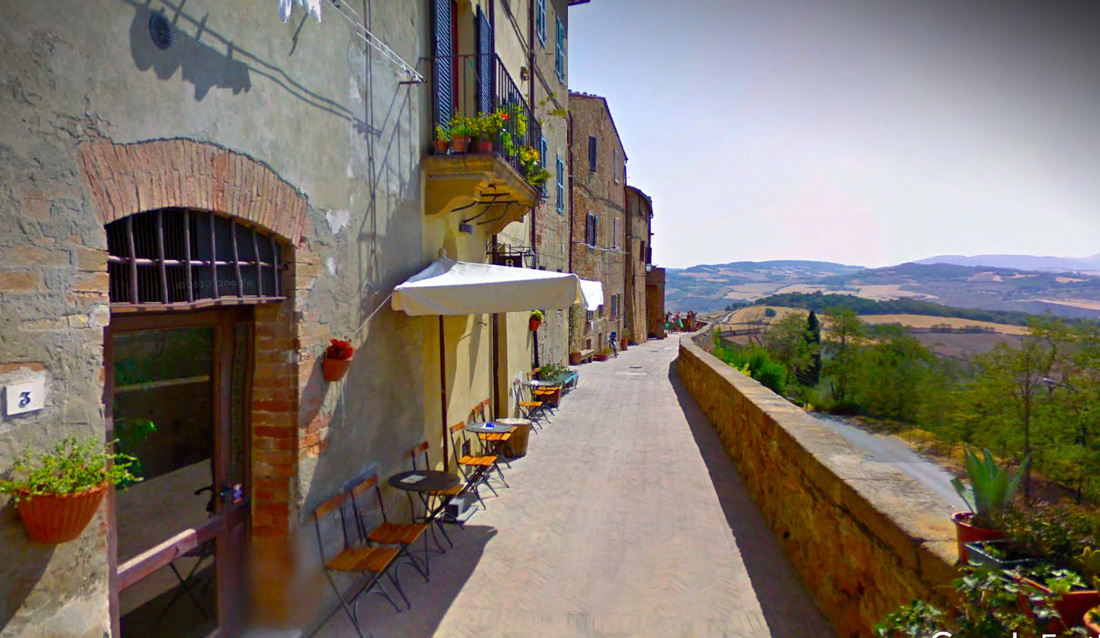
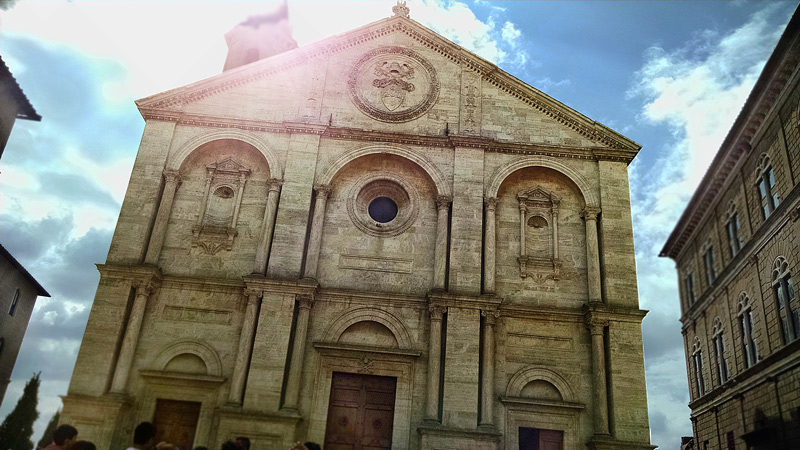
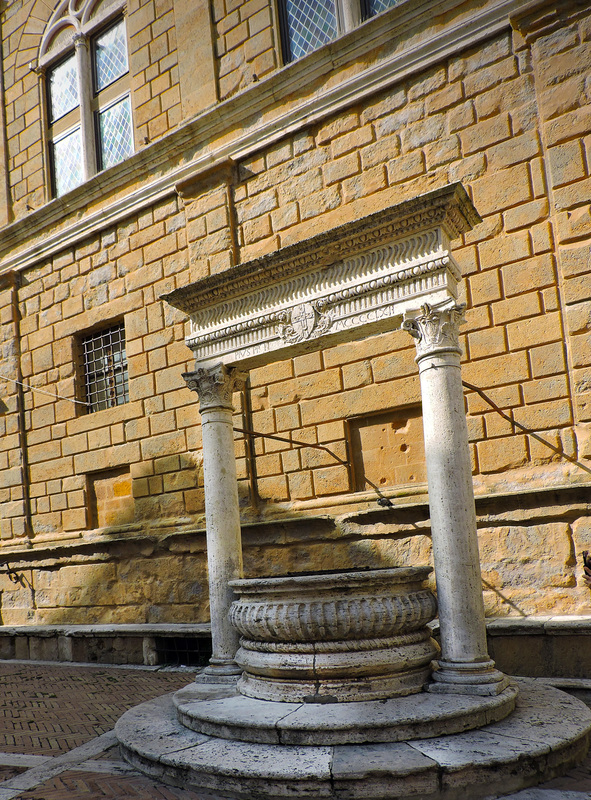
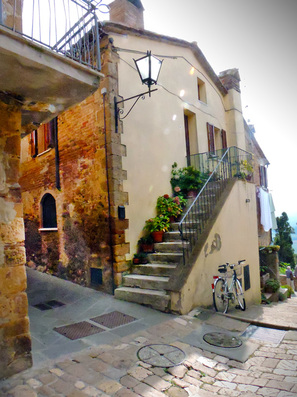
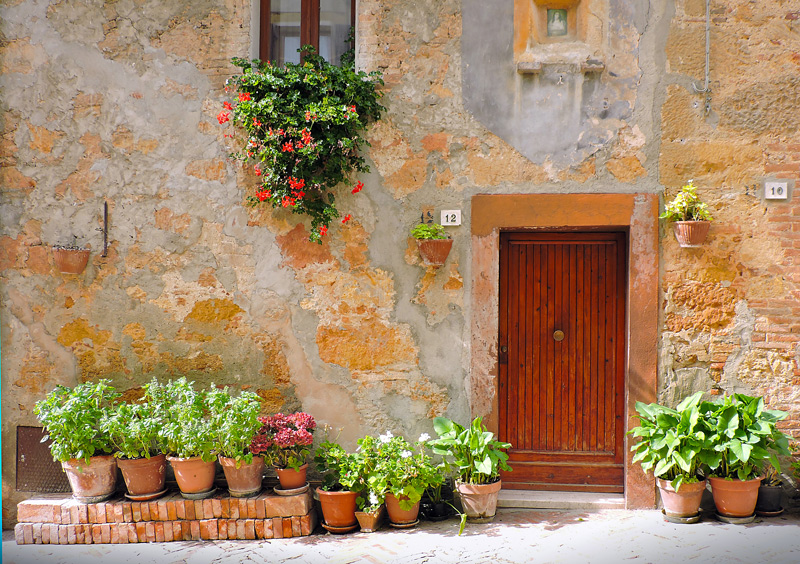
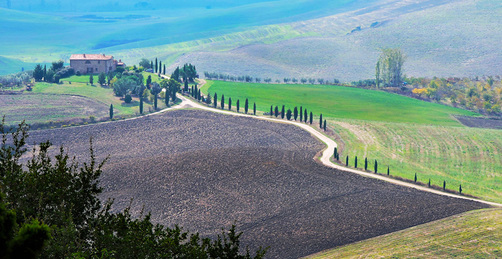
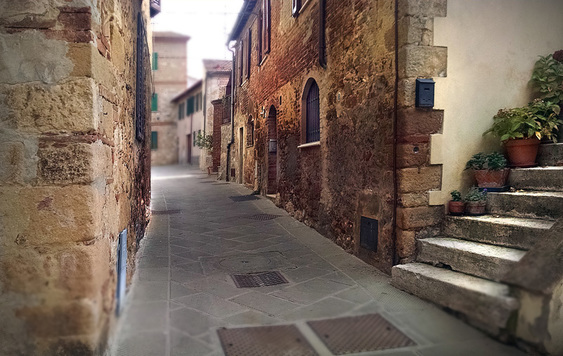
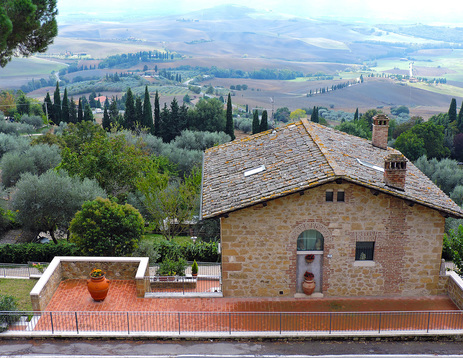
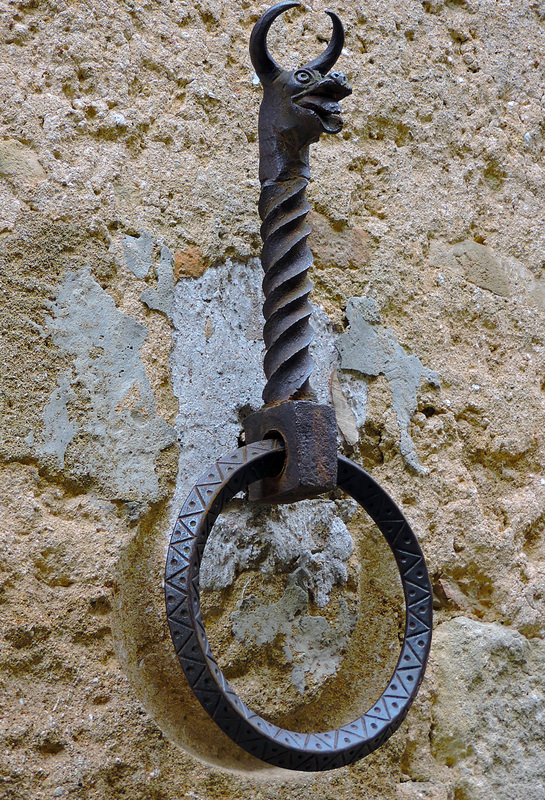
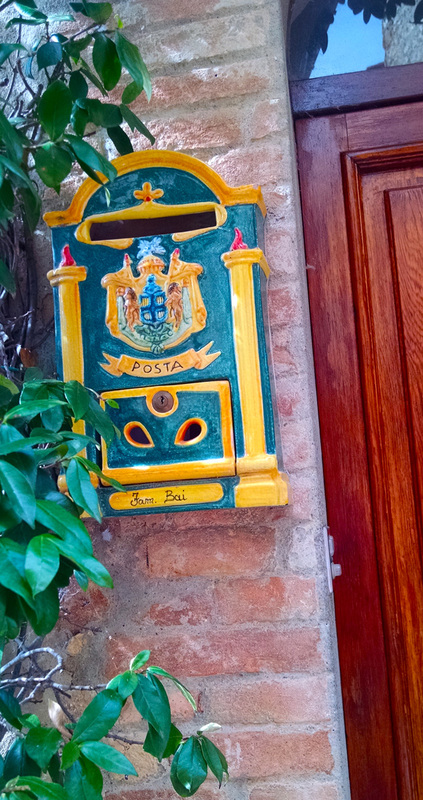
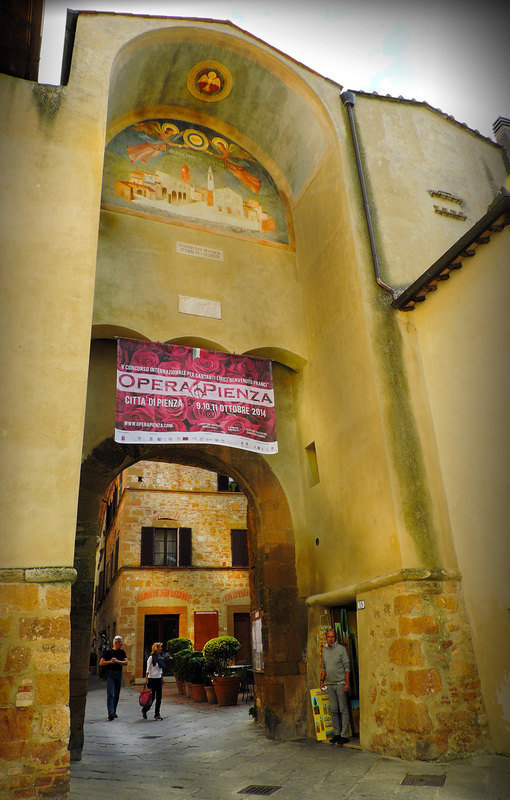
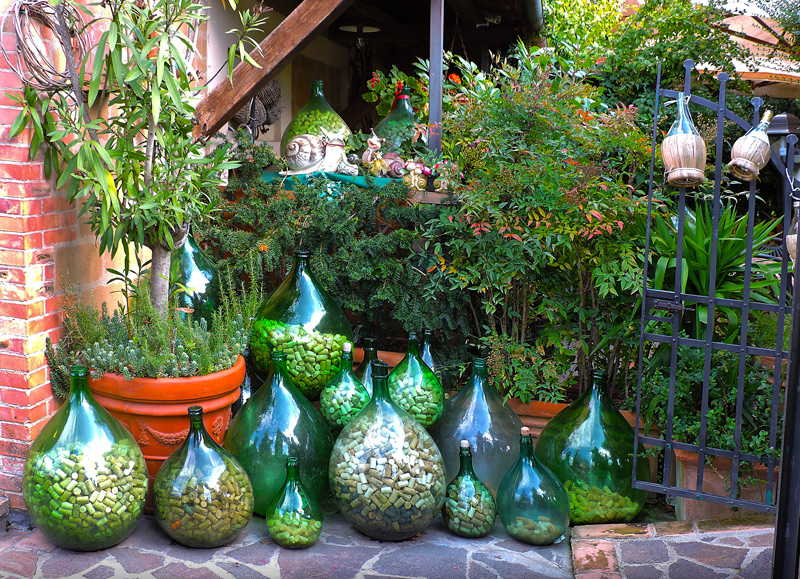
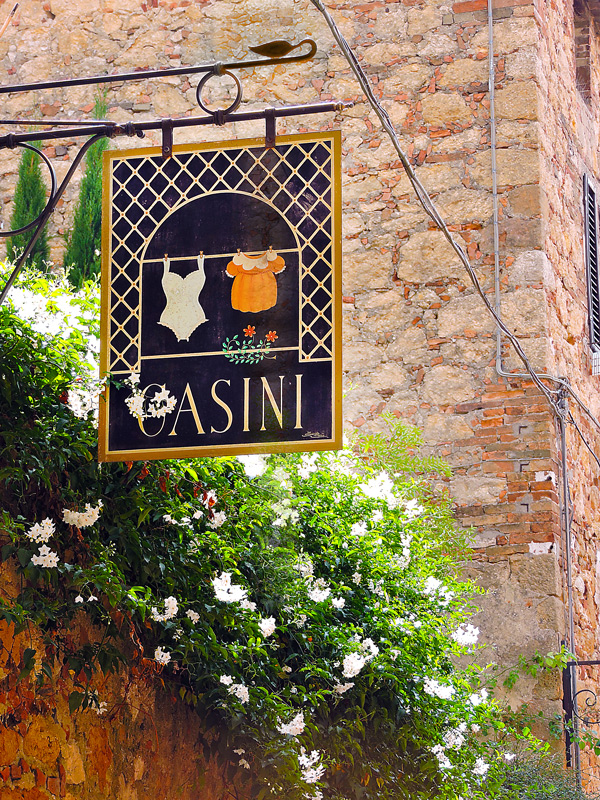
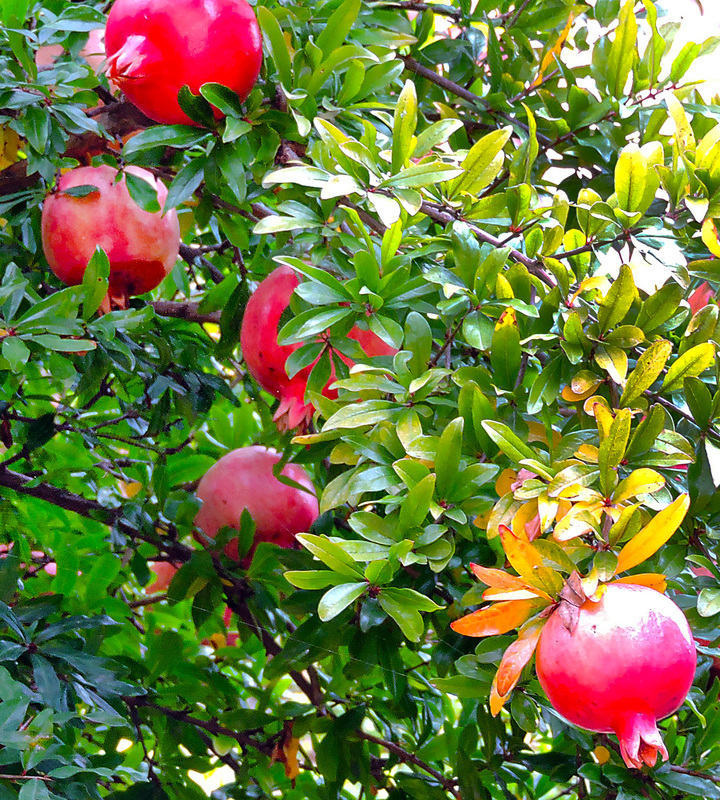
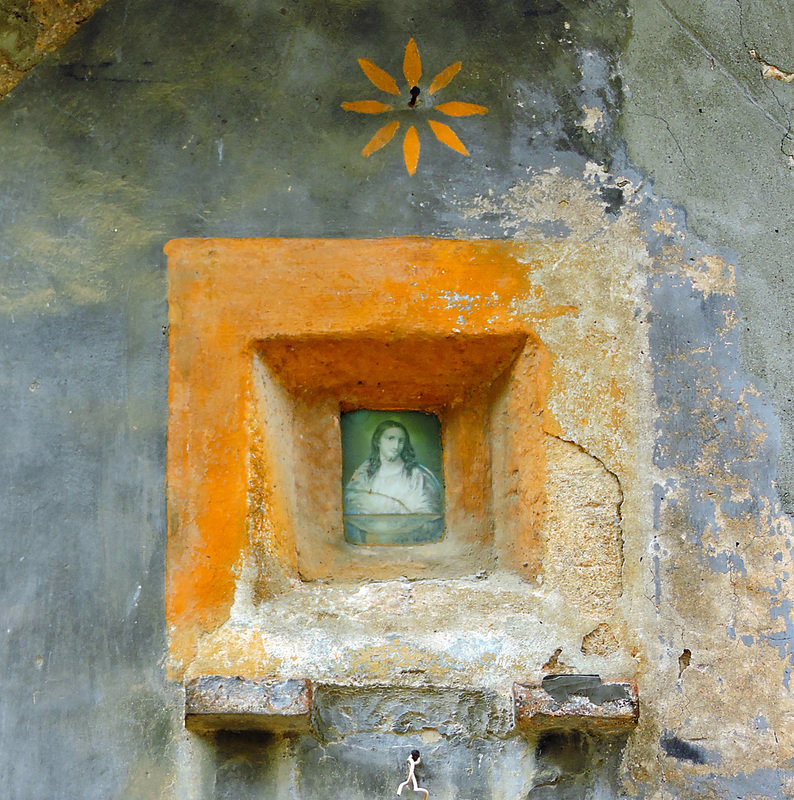
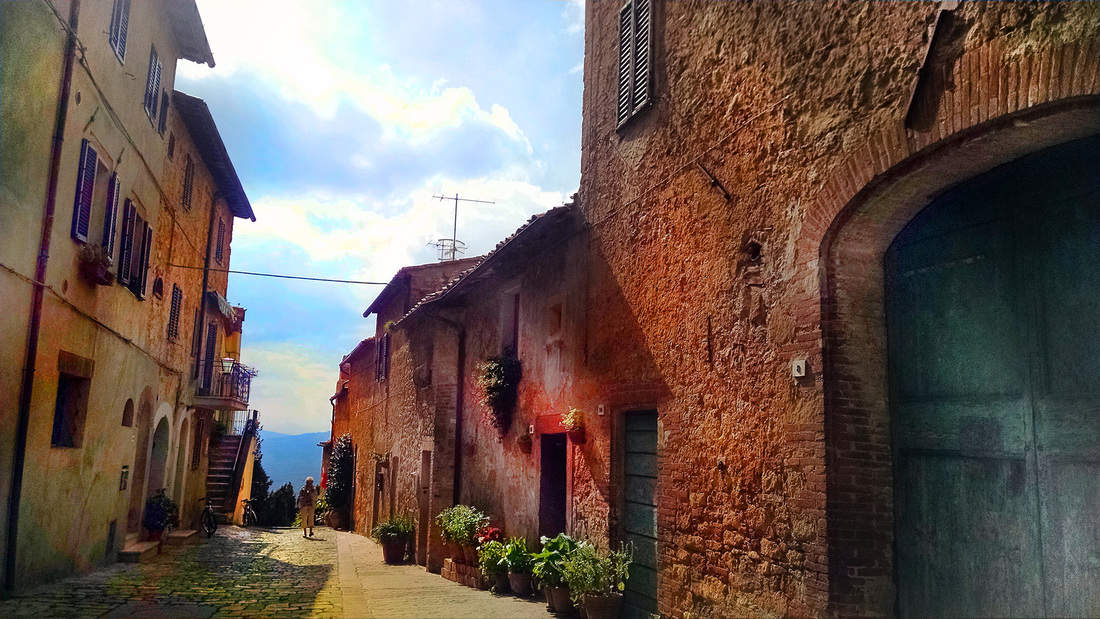
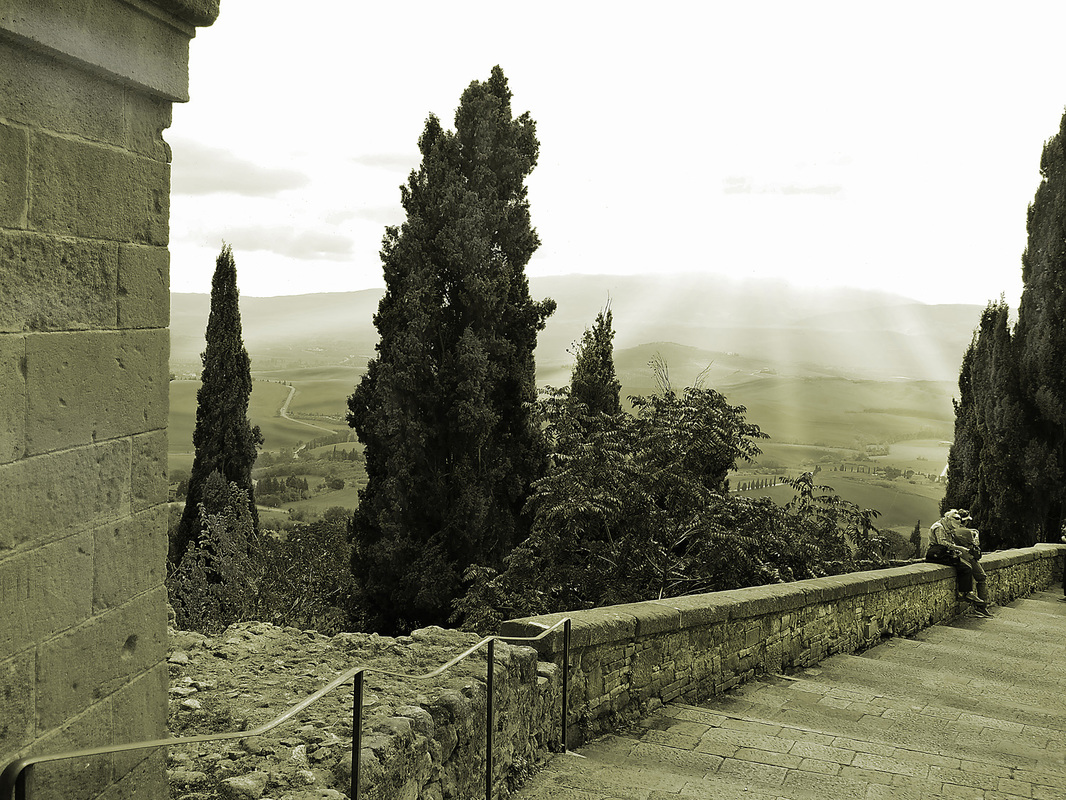
 RSS Feed
RSS Feed
